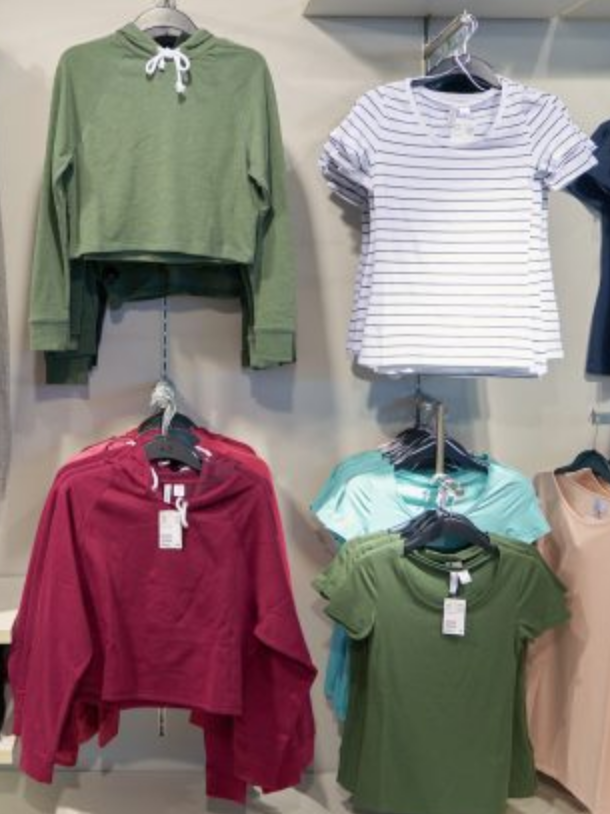Packaging and the Circular Economy
What is the circular economy?
According to the Ellen MacArthur Foundation, the circular economy is defined as: “A framework for an economy that is restorative and regenerative by design.”

Photo illustration: Joel Louzado
The circular economy aims to grow the economy in a sustainable matter. However, the concept of the circular economy pushes beyond the idea of merely using sustainable materials, like organic cotton or bio plastics.
So, how does the circular economy differ from the traditional economy we live in today? In a circular economy, economic activities aim to reuse products and materials, eliminate waste, reduce pollution, and regenerate natural systems.
This new business framework asks corporations to make every aspect of their business eco-friendly. In short, in a circular economy, the goal of economic activity is to build and rebuild the health of the global ecosystem.
It is now critical that the fashion world transforms its processes, products and systems to adapt to the new circular economy. The fashion industry contributes to 10% of global greenhouse emissions, so the industry must rise up to pave a new way for a more sustainable, circular economy.
Why fashion companies should participate in the circular economy?

Fast Fashion
Have you ever bought five t-shirts for $10 or two necklaces for $20? While these door crasher deals are affordable and fun—cheap clothing items rarely last a long time. Think about it—when clothing is poorly constructed and cheap, you will likely be replacing it shortly. Disposability is favoured over reusability in the current economy because disposable clothing promotes consumption.
In addition to fast-fashion clothing and costume jewelry, other everyday examples of disposable fashion items include:
- Plastic bags
- Unsustainable packaging
- Bubble wrap
- Plastic flip flops
- Fast-fashion shoes
It’s clear the fashion world has a lot of work to do before it evolves into a circular economy. However, one crucial sustainability factor that the industry has begun to tackle is the packaging.
Packaging and the Circular Economy
These are our recommendations for reducing packaging waste. Brands should optimize the circularity of the raw materials they use by seeking to use reusable packaging materials. This also means maintaining and promoting the value of packaging throughout its entire product life cycle.

Circular Economy
Here are some examples of circular economy packaging:
- Plastic that’s been recovered from the ocean. It’s worth noting that some companies, such as the innovative cleaning brand, Method and the Belgian cleaning company Ecover have started to use plastic recovered from the ocean to help reduce the amount of plastic generated.
- Biodegradable plastic alternatives. Arguably, the most sustainable materials are biodegradable materials, and smart start-ups around the world are investing in creating new biodegradable plastic alternatives, like Sulpac. Sulpac packaging is made from wood and natural adhesives. It is toxin-free and made from entirely sustainably sourced materials.
- Recyclable packaging: If the packaging is not biodegradable, then try to opt to recycle previously used materials to design your packaging. Or choose to use materials that can later be reused once people are done using them. Examples of recyclable packaging materials include paper, cardboard, corn starch, and recycled polythene.
The Bottom Line
The 2018 State of Fashion report by McKinsey and the Business of Fashion found that 66 % of millennials globally are willing to spend more on sustainable brands. Since consumer demand for sustainability is high, brands must think critically about how to integrate into the new circular economy. We can help you adopt new circular methods of doing business by helping you choose sustainable packaging.
